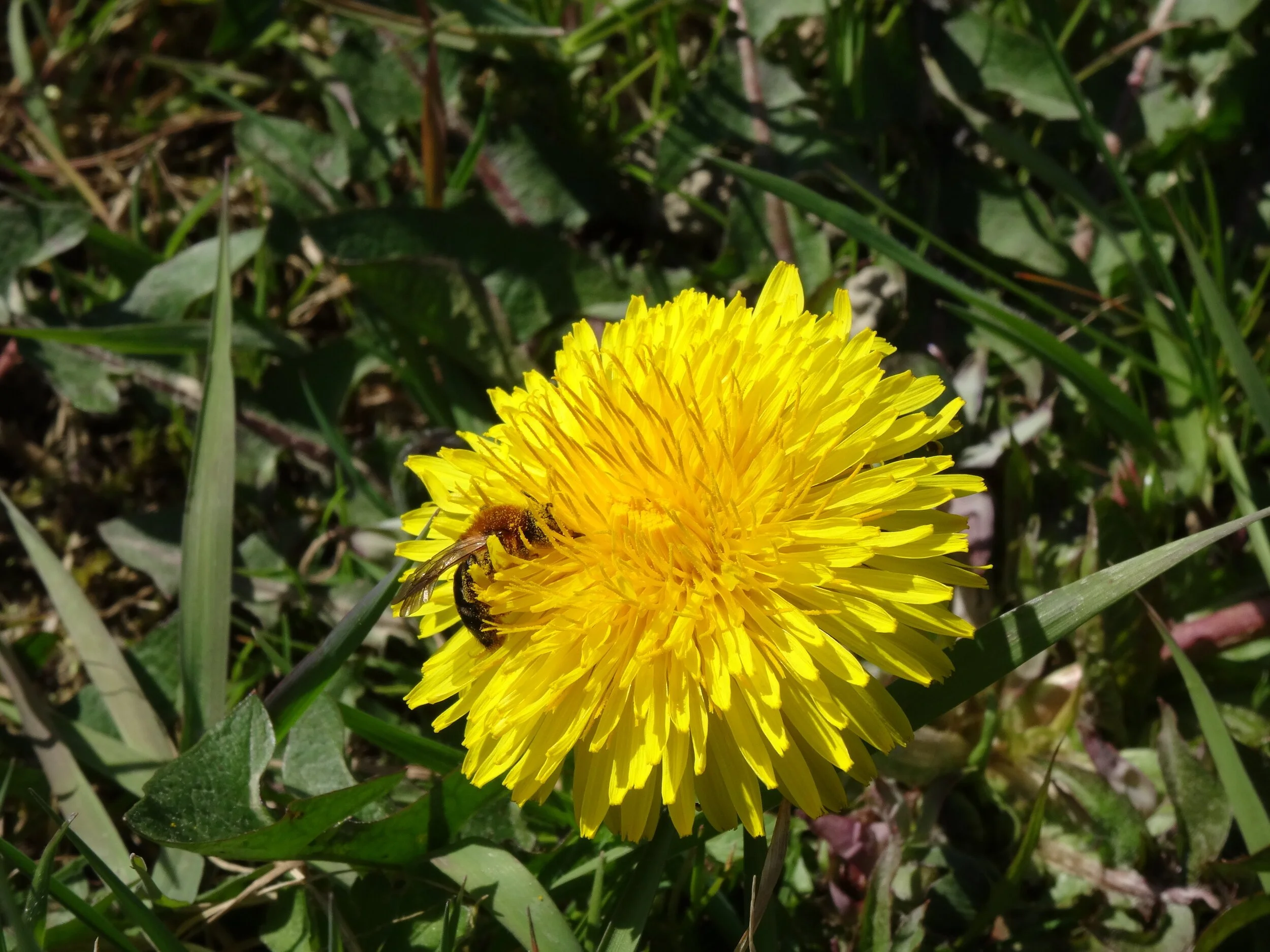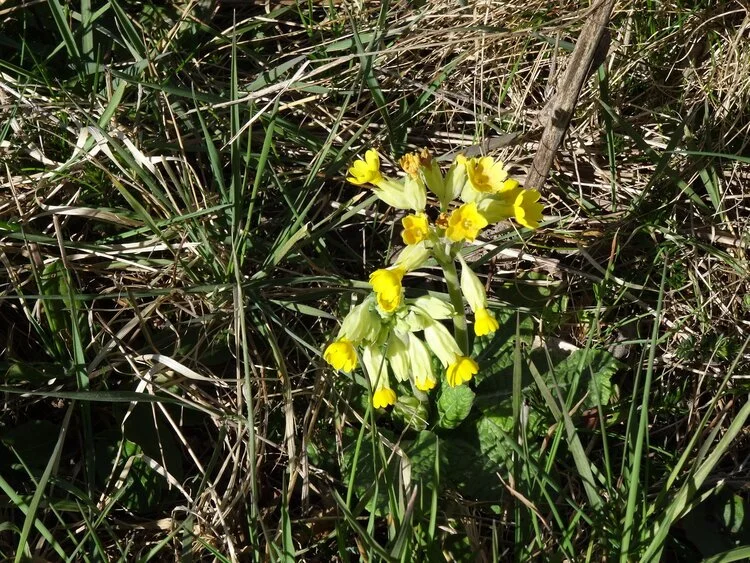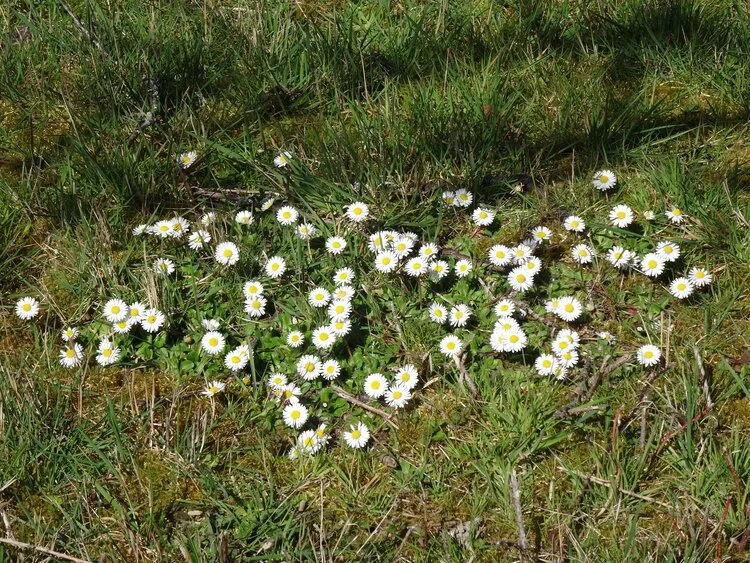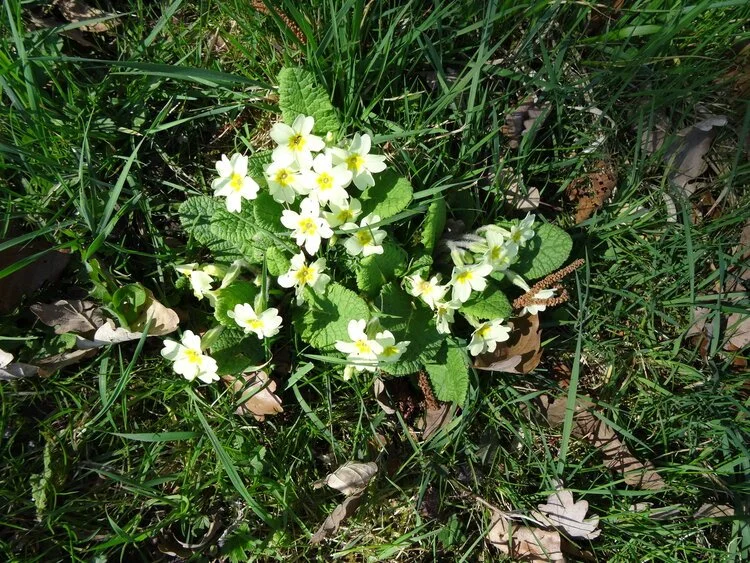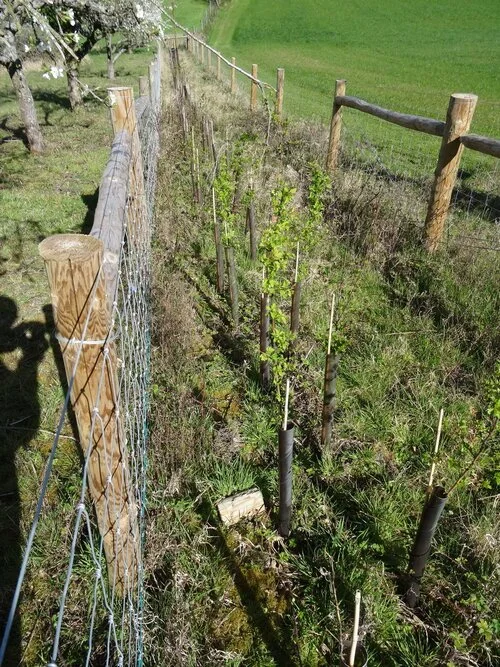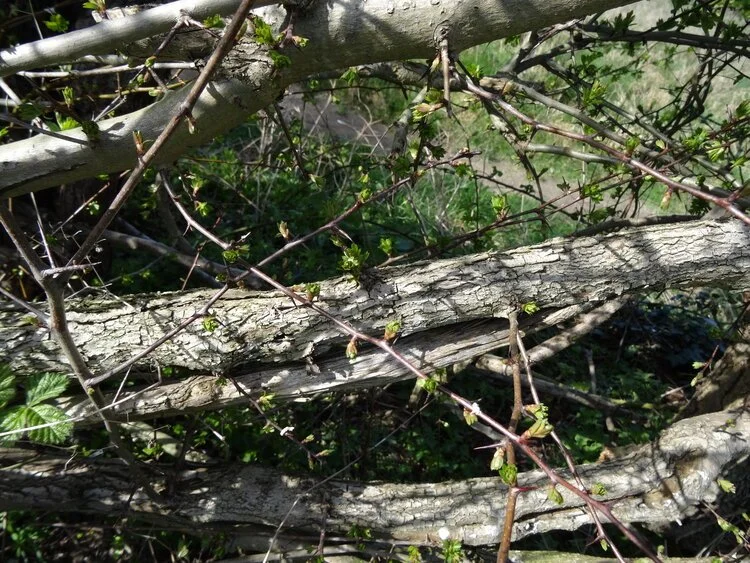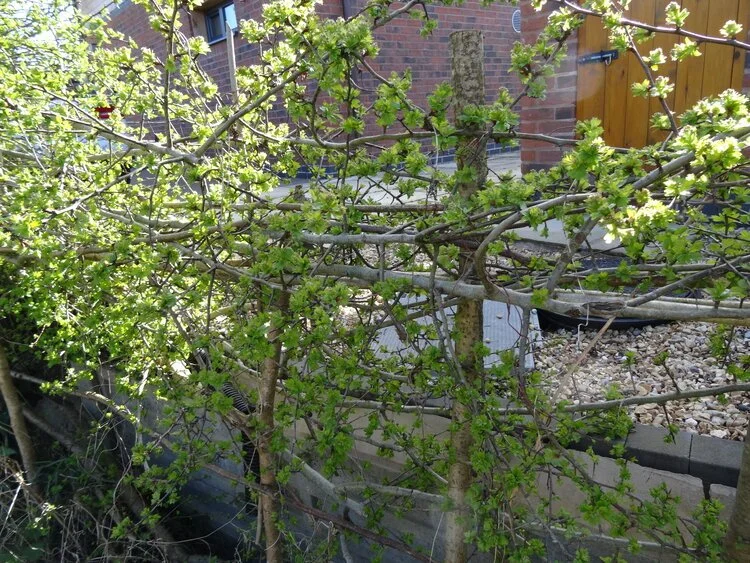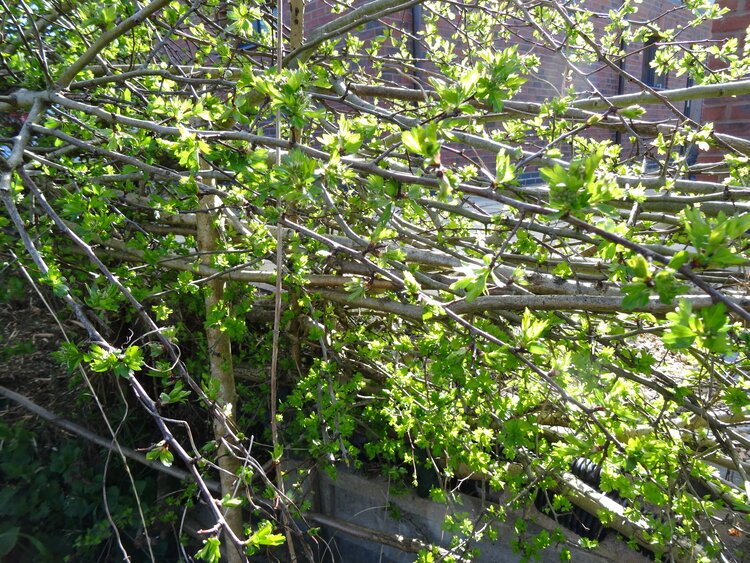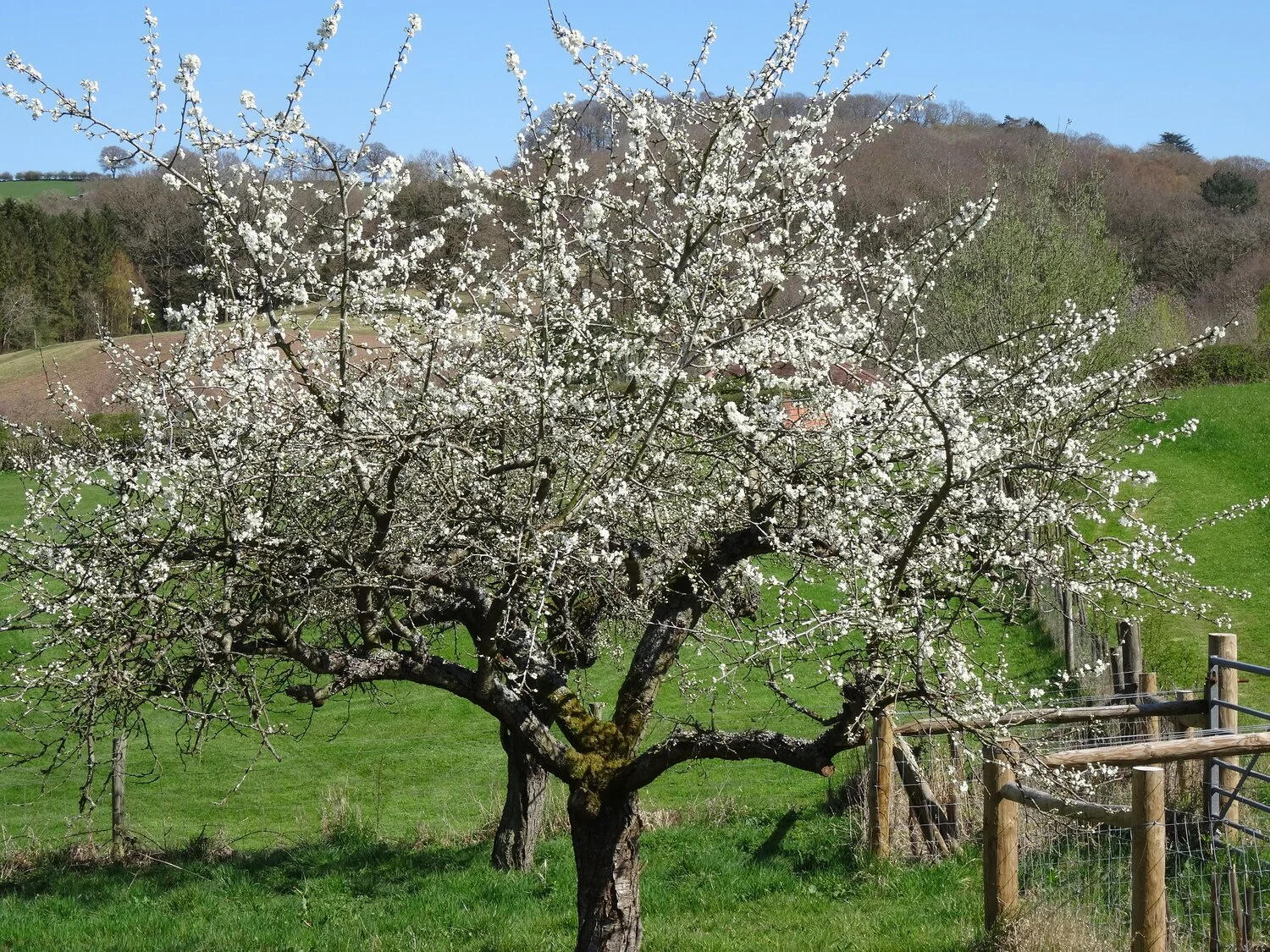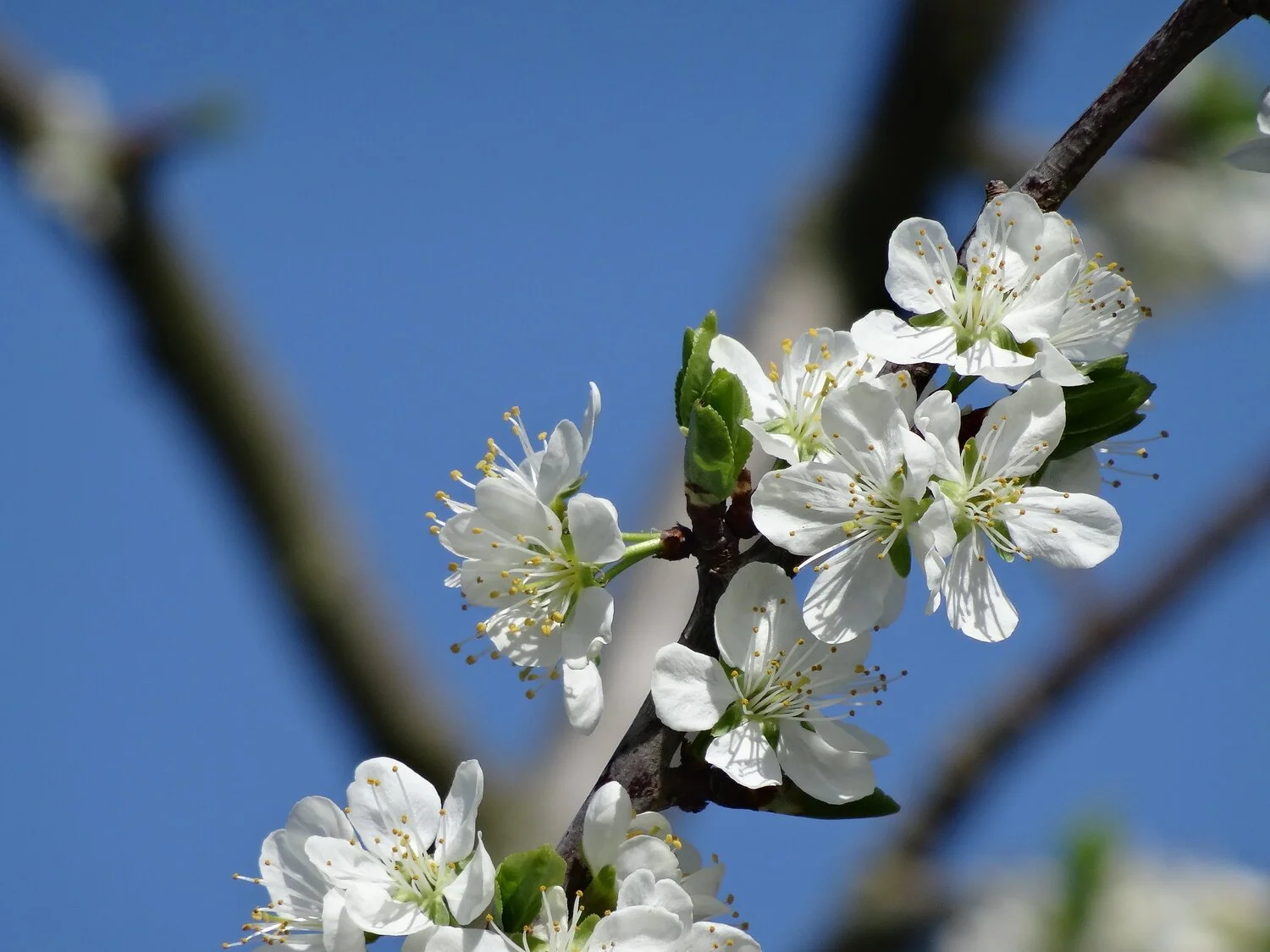Spring and nature at Woodlands Bed and Breakfast
Springtime is finally here and it doesn’t feel like yesterday we were writing about Winter, snow and Barn owls. This is our favourite time of the year, looking for signs of local life and nature and strangely we are all similar at this time as we venture out of our homes and cautiously explore our local areas.
We have stuck to local walking and taking in the natural sights, daisies are beginning to make themselves known in our meadow and an early dandelion brings a bumblebee visitor.
Local plants
We have come across numerous plants and greenery searching for the warmth of the sun, we think this is Speedwell found in shady, grassy areas by hedgerows (of which we have quite a lot)
What looks like a snakeshead fritillary, the nodding flowers of this plant usually are reddish/crimson but occasionally white. The chequered snakeshead pattern is unusual and there are no similar species. Cowslips are to be found in various parts of the meadow and plum orchard in small and large clumps and broad-leaved docks are common in our meadow and orchards, as well as being found on roadside verges and waste ground.
And let’s not forget the oh so pretty wild primroses and are found in many places in our field. They are common in grassy roadside verges, meadows and woodland glades and signal the arrival of Spring.
Hedges in Malvern
Here we're looking at some hedging. The first picture is of part of an old hedge we're restoring. Towards its base it was full of holes attributable to many yearly cuts with a flail hedge cutter. Having 'laid' branches where possible (cutting through about 4/5ths of the stem and bending the branch towards the ground, we can see, a year later, profuse vertical and lateral growths from the 'pleacher' (the cut and laid portion) as well as a profusion of growth from elsewhere beginning to fill out the whole area.
The next two hedging pictures show an area where we had to remove two or three whole original hedge plants creating a 3-4 metre gap for the house building process. Laying hedge branches from the adjacent area two years ago shows how Nature can repair things: there is substantial growth, even at the beginning of Spring, and the area should be completely filled in after a few years. No need for an out-of-place panel fence as someone suggested filling the gap!
It's also pleasing to see that this section of about 250m of new mixed native hedge planted 14 months ago is thriving (even if not all of the new plants have survived). This should be ready for laying in another five years or so. (The double wire fence is to protect the hedge plants from the muntjac deer in the neighbouring woods who would otherwise be down for a free lunch.)
And how can we forget our favourite, but most demanding neighbours….the Pheasant and his Hen…A cock and several hen pheasants are common visitors to our garden, especially the ground under the bird feeding station. And one of the hens, rather cheekily, has learned that there is more food to be found in one of the trays on the bird station than there is on the ground. If she doesn't manage to fly higher than 1-2 metres then she just might live long enough to pass on her above pheasant-normal intelligence to future generations.
We hope you are getting out and about, whilst being safe, and enjoying your local nature and surroundings.
Have a great week,
Andrew and Linda.

